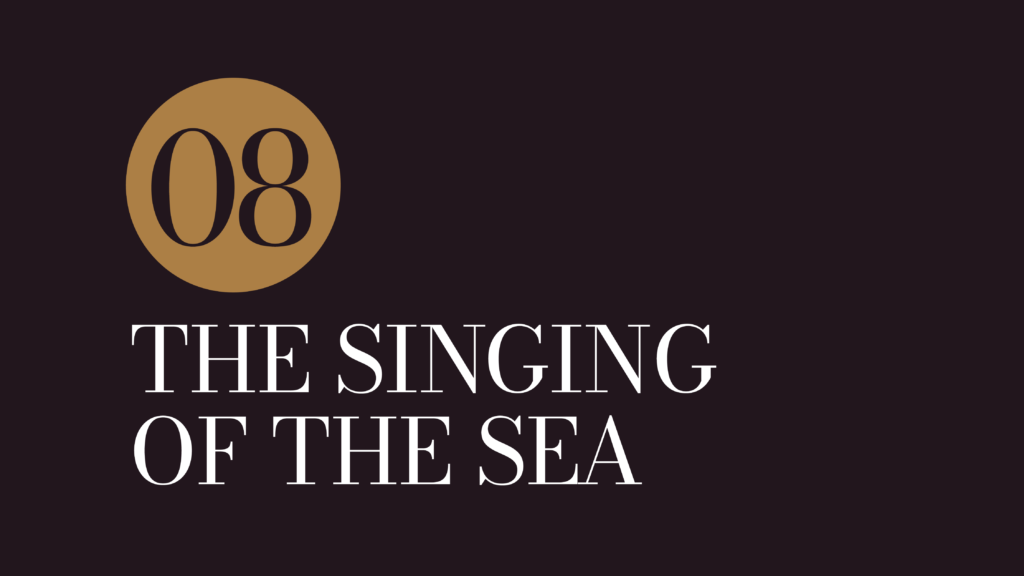
room 8 – THE SINGING OF THE SEA
Light absorption by water makes vision at sea particularly difficult, especially at great depths. Thus, many marine creatures have evolved the ability to communicate through sounds along their evolutionary path: a series of complex sounds repeated on specific occasions, from courtship to signaling the presence of food to warning of danger.
Unfortunately, the increase in environmental noise in the ocean world, due to motorized shipping, worries many scientists to the extent that a new science – bioacoustics – has emerged that allows the marine ecosystem to be observed and studied through sounds. Thanks to bioacoustics, research campaigns are conducted aiming to monitor the status of resources, seabeds, and fluctuations in fish stocks, with the goal of characterizing the distribution of pelagic species and their interaction with human activities. This is achieved using multi-frequency echo sounders and advanced acoustic technologies.
Although it is a very recent science, it has already managed to detect major changes such as those occurring in Balicasag Bay, a marine protected area in the Philippines, a large coral reef teeming with life. What was recorded in 2016 by marine biologist Steve Simpson, one of the first to engage in bioacoustics, was a violent tragedy. In three weeks, a rise in temperature literally cooked the reef. Today, this section of the reef is 75% quieter. The complexity and diversity of sound has disappeared, becoming an acoustic desert.
“If we don’t do something,” urges Steve Simpson, “the soundtrack of the oceans is in danger of disappearing”. A complexity that we cannot perceive with our ears but which we have now learnt about thanks to powerful measuring instruments and which we can no longer ignore.
CREDITs
© Audio-Video di Fabio Ferioli



